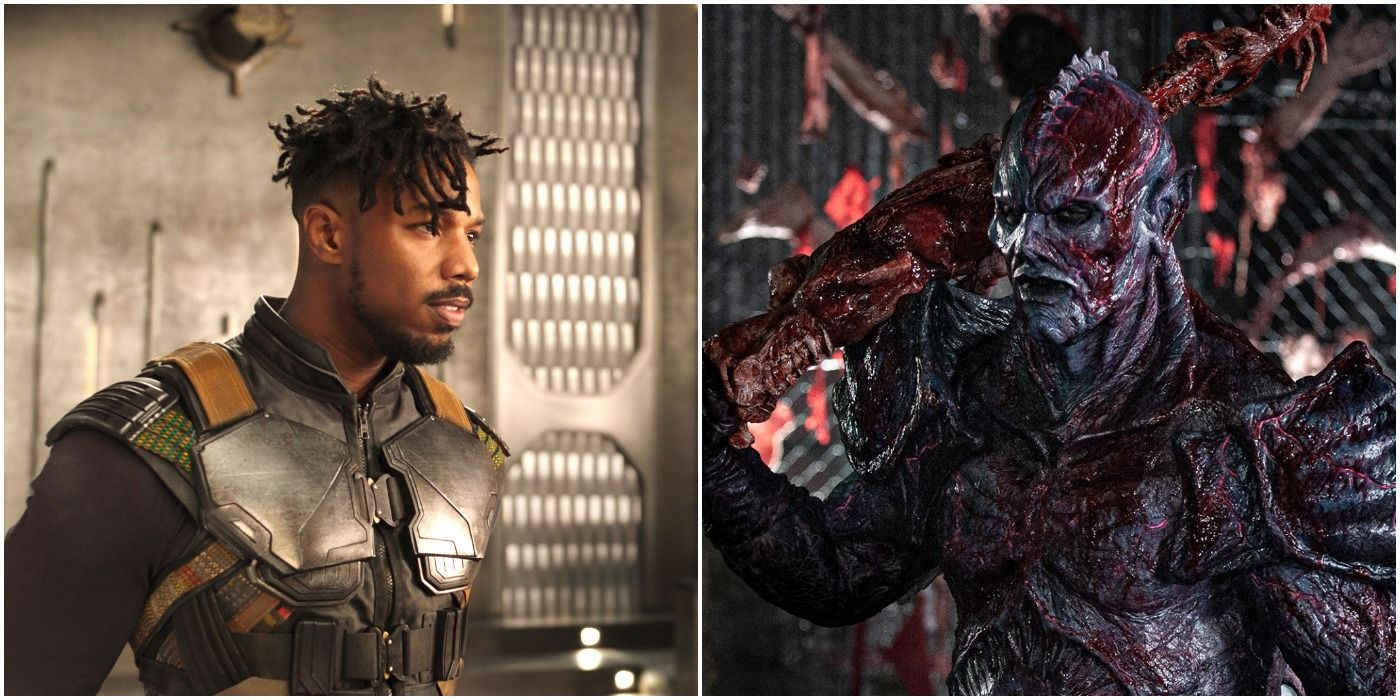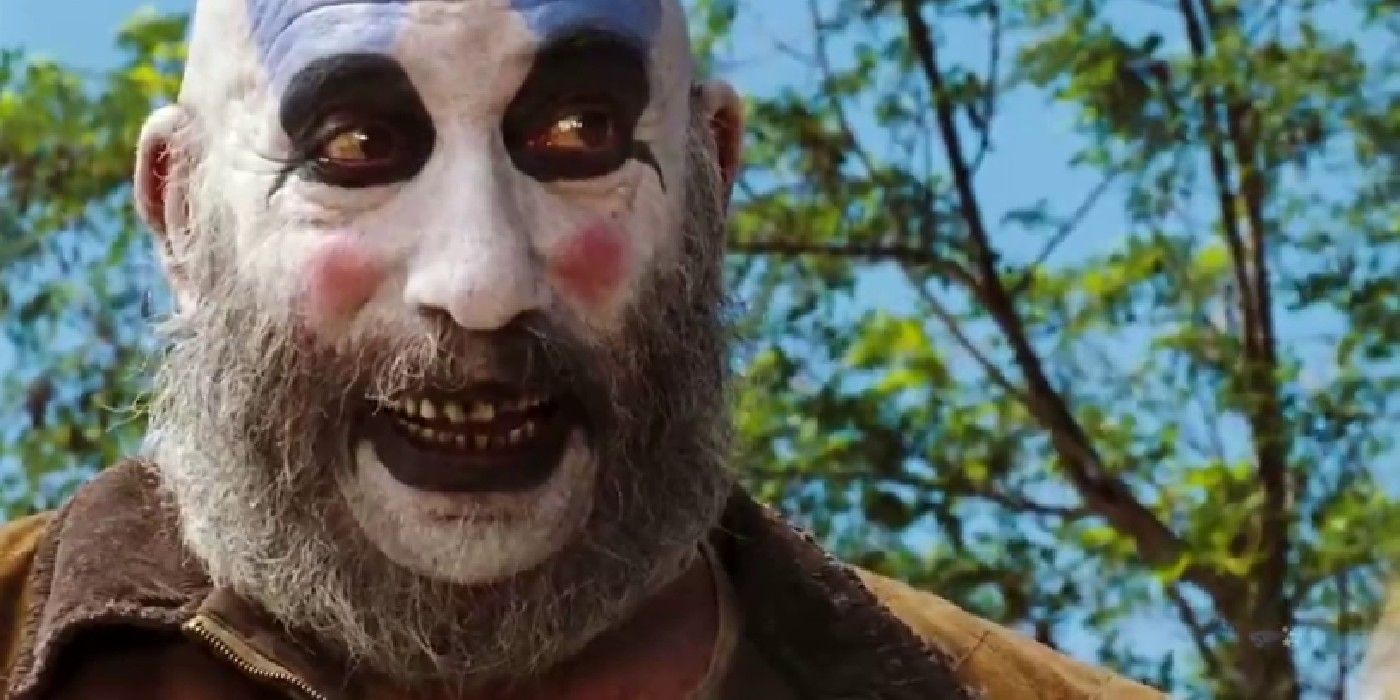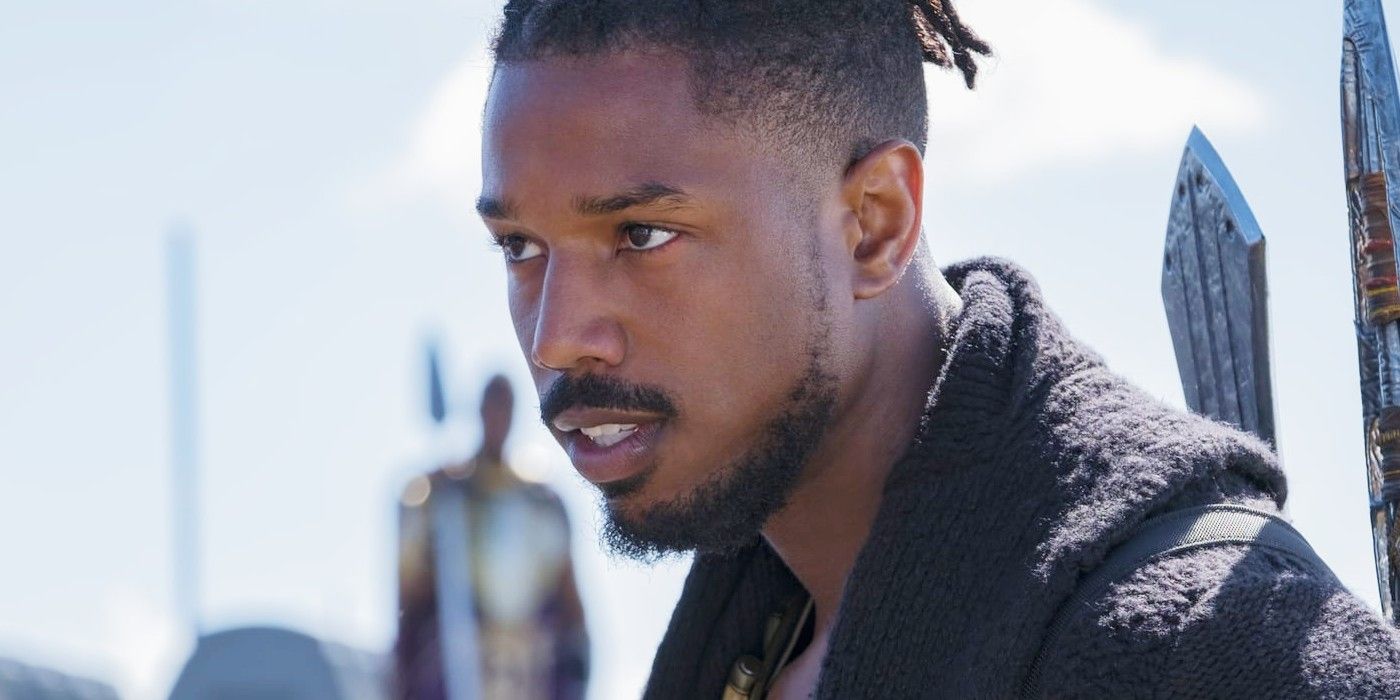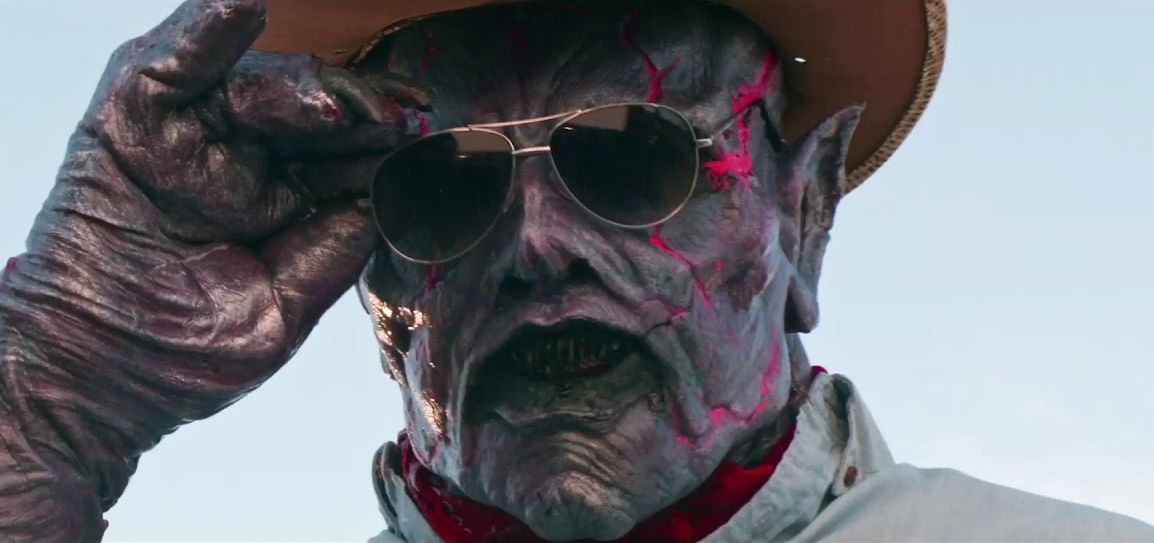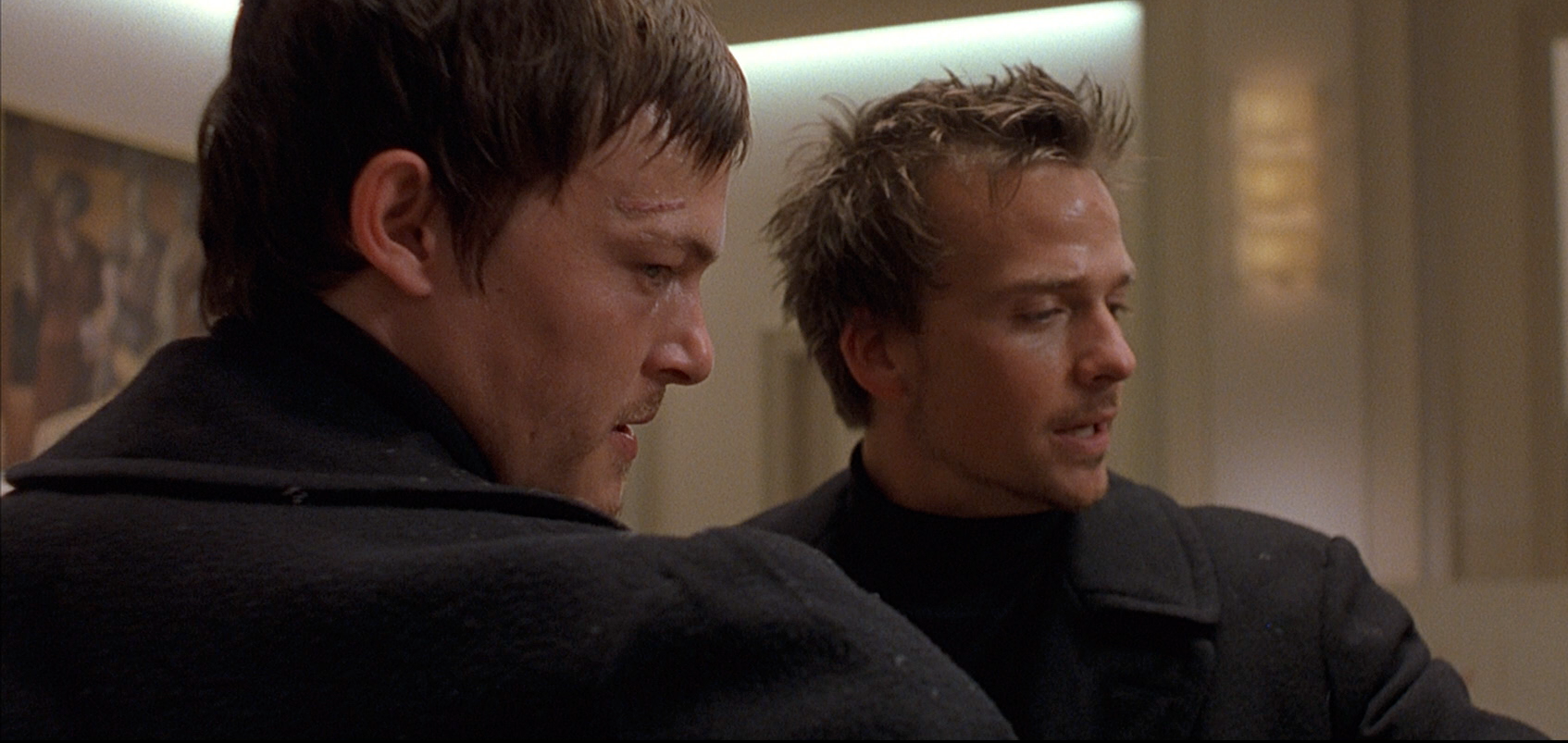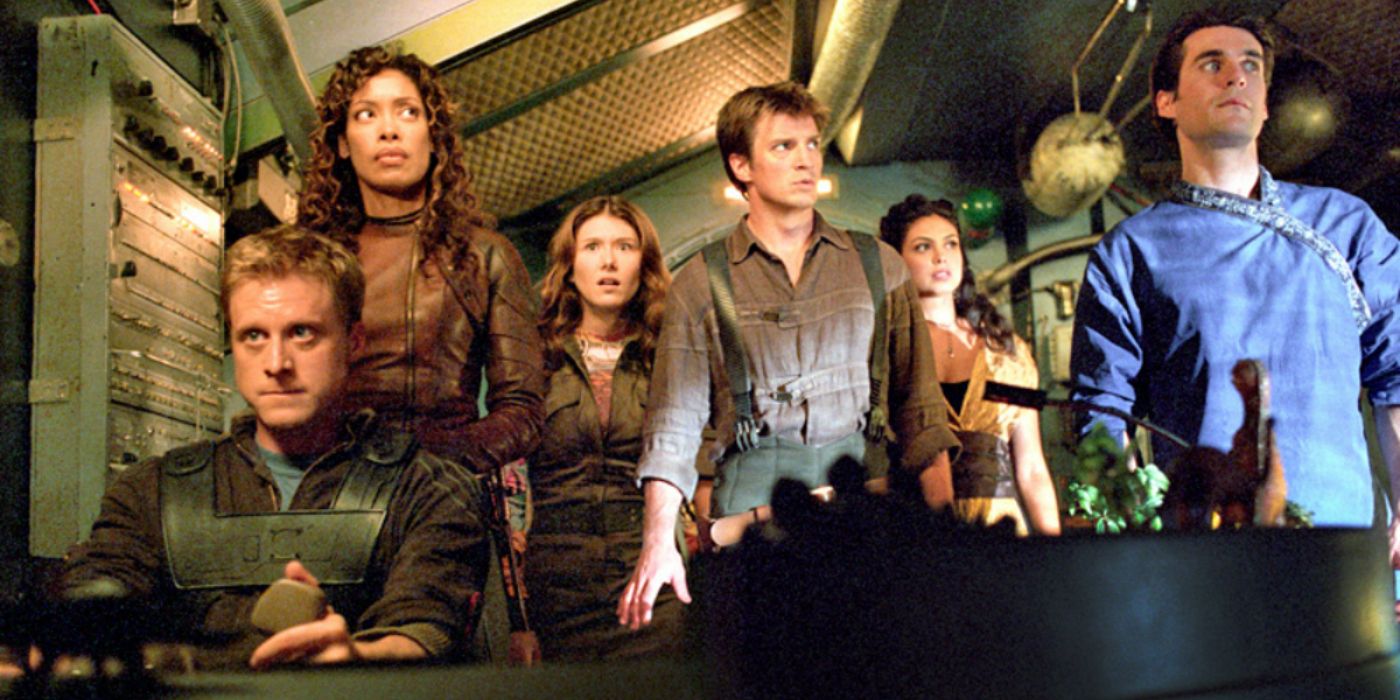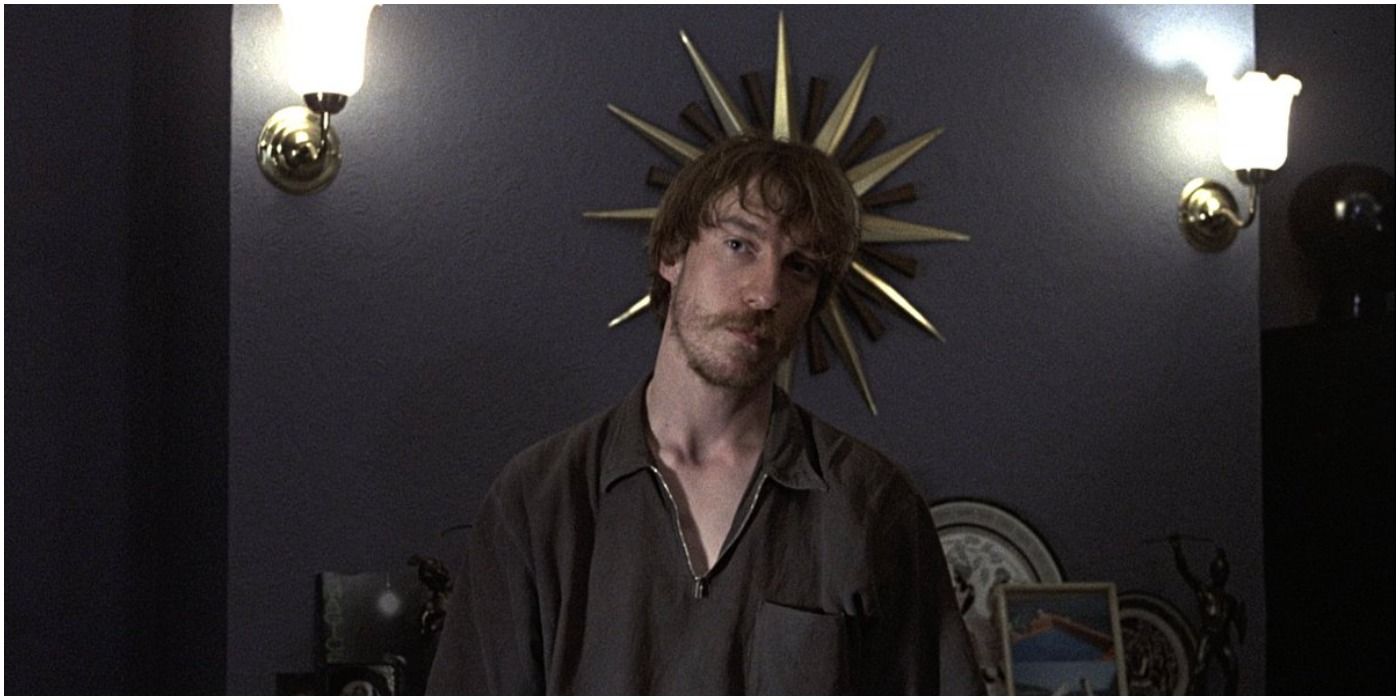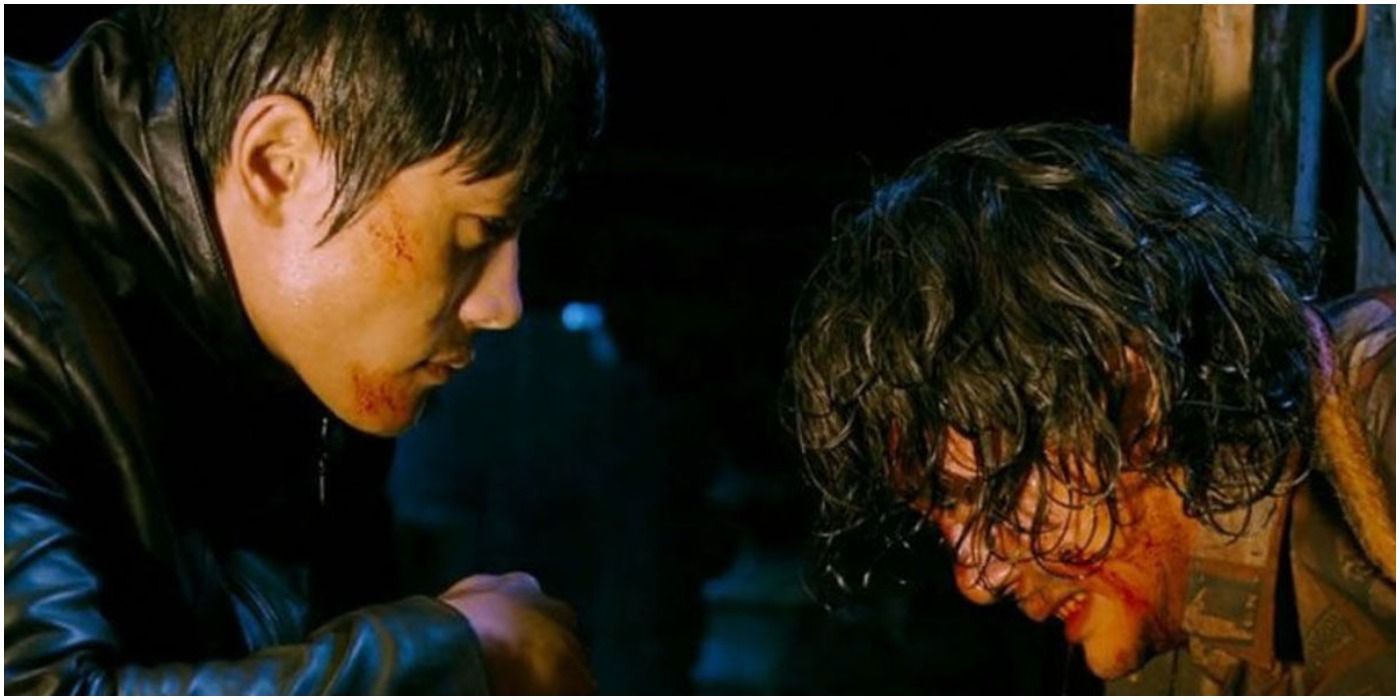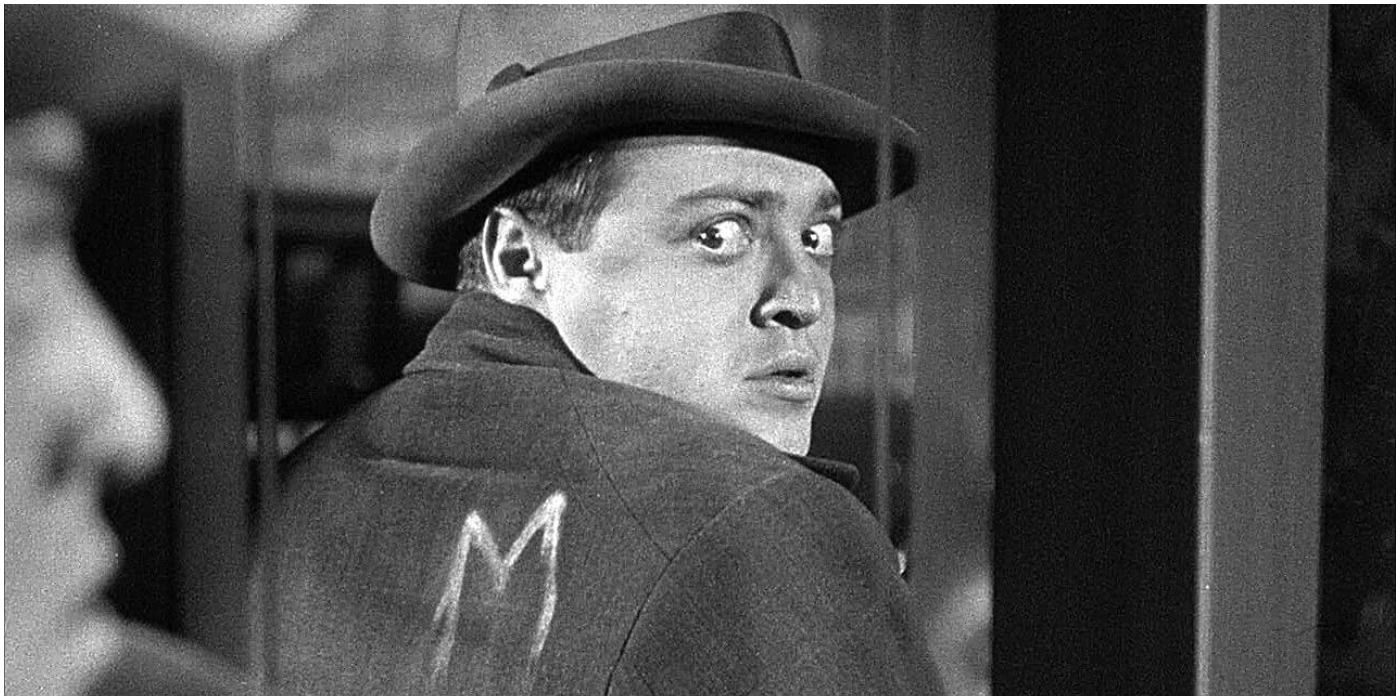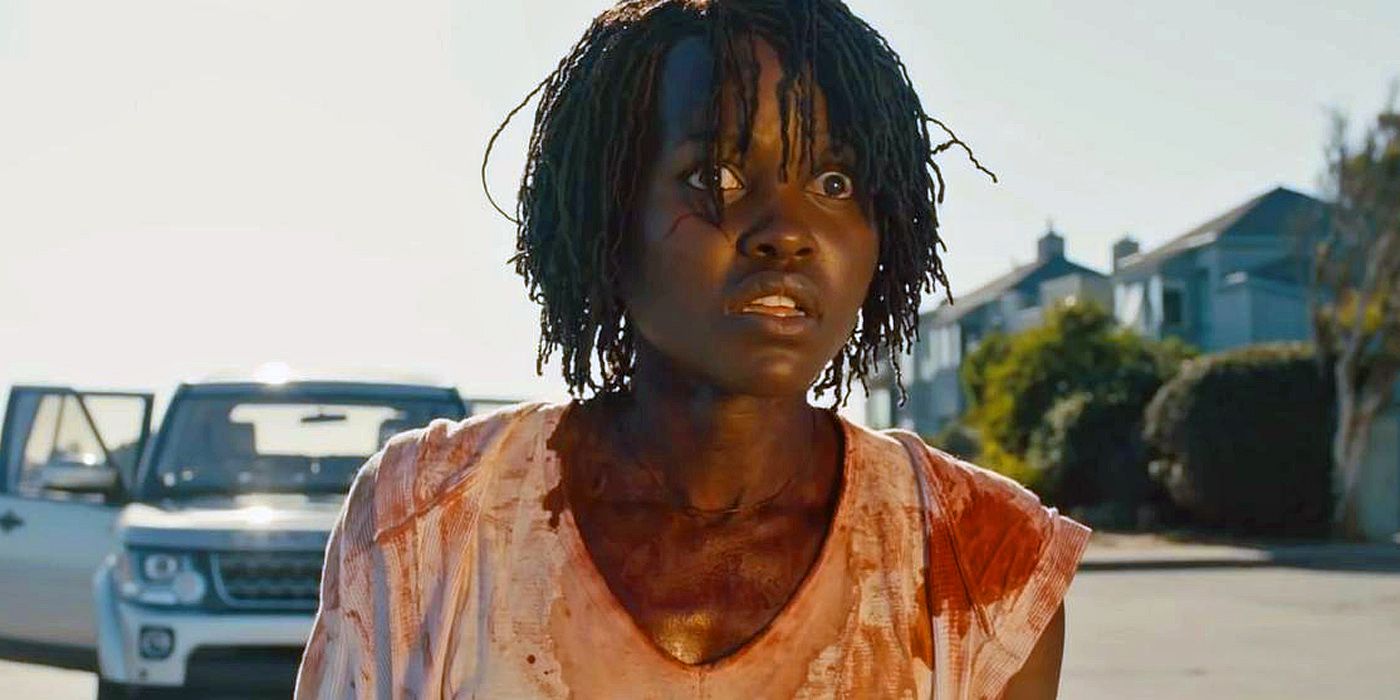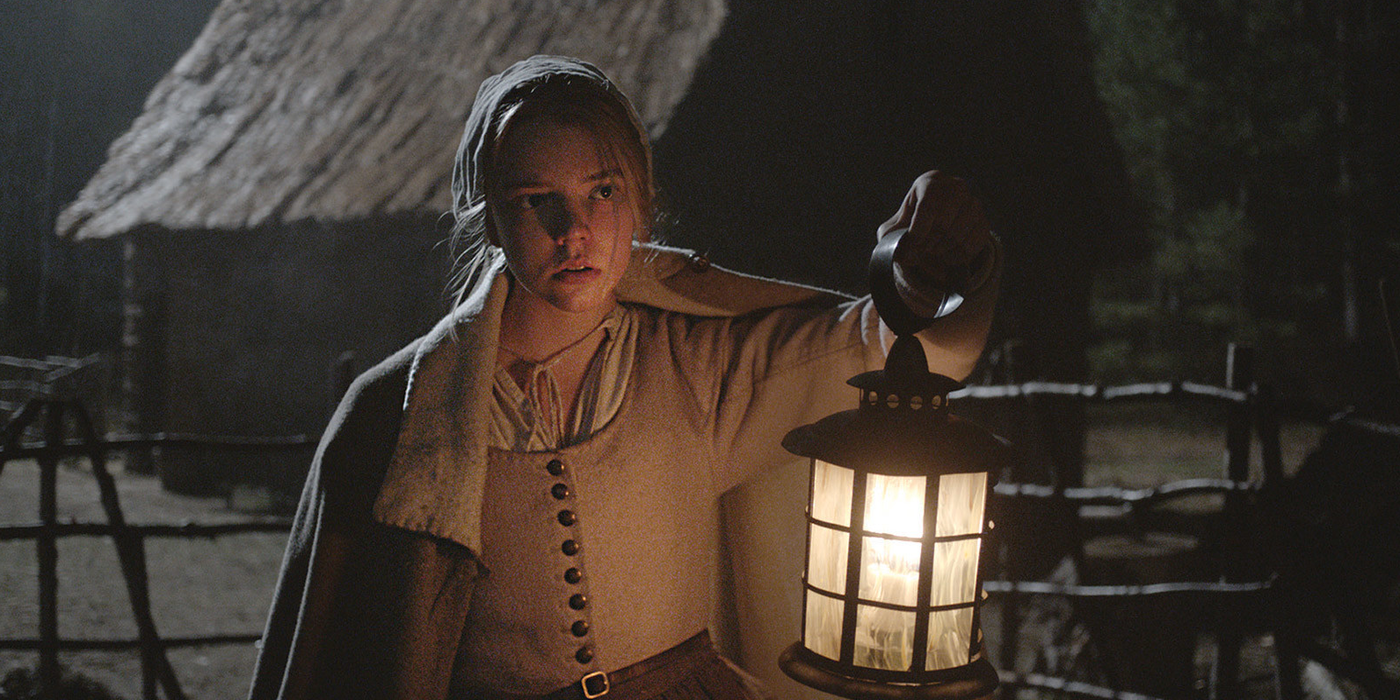Now more than ever, it's getting harder to decipher the villains from the heroes in movies. Back in the day, older movies displayed their antagonists and protagonists in clear-cut, black and white terms. More often than not today, though, society as a whole has accepted that that isn't how real life works.
This has led to more modern movies portraying shades of gray for their characters as opposed to clearly defined heroes and villains. Instead, the filmmakers let the audience decide who is worth rooting for and who isn't.
10 Good/Evil Alignments Constantly Shift In The Devil's Rejects
The Firefly Family are just as nasty and despicable as their reputation—which attaches them to 75 homicides—suggests they are, especially during the first half of the movie where they do commit some unspeakable acts. Meanwhile, the Sheriff on their tail is motivated to avenge the murder of his brother at the hands of Mother Firefly.
In theory, audiences should be rooting for the Sheriff, but oddly enough, as the movie progresses, the story depicts The Firefly Family in a more likable, sympathetic light. Meanwhile, Sheriff Wydell becomes harder to root for, since he becomes more deranged and villainous in his actions driven by vengeance.
9 Most Audiences Side With Killmonger In Black Panther
There have been full-blown articles and social media debates penned in honor of people feeling as though Killmonger was right and justified in his actions. It's easy to see why, when most of his actions were motivated by an understandable thirst for vengeance regarding how T'Challa's father wronged Killmonger's father years prior.
Even better, before the power eventually went to his head, Killmonger had ambitions to use that power to help people around the world. It's hard to boo a guy with such lofty ambitions.
8 Psycho Goreman Wants Earthlings To Cheer For Earth's Would-Be Destroyer
From the moment that he awakens from his slumber on Earth soil, the Arch-Duke of Nightmares (aka Psycho Goreman, PG for short) makes it clear that he has plans to destroy the planet, the galaxy, and everything else in the universe. Those plans get sidelined by children who, essentially, enslave him. Waiting in the wings is the Earth's protector, Pandora, to stop him. Pandora doesn't so much as do evil things as she does noble—albeit dark—things to ensure the planet's safety, even if it inconveniences the actual protagonists.
In any other movie, Pandora would be the saving grace of a heroic protagonist while Goreman would be the clear-cut antagonist. But Psycho Goreman isn't just any other movie.
7 The Boondock Saints' Actions Cause Debate Within The Movie
The title characters (or "Saints") of the movie are on a mission to clean the streets of Boston by taking out one criminal at a time in an effort to dish out their personal brand of justice. Although their morals and disgust towards crime align with one FBI Special Agent Paul Smecker, the way they do it doesn't.
Despite being on their tail, Agent Paul Smecker is conflicted about catching them, when they catch the bad guys that he couldn't. Such a moral dilemma is shared with other characters, including in an ending where citizens off the street debate whether or not these brothers' actions are truly as righteous as they think they are.
6 Serenity Flips Expectations For The Alignments
Even on Firefly, the crew members on the Serenity ship were all morally gray scoundrels who would scoff at the thought of being heroes. Sure, they're likable and they're not totally horrible compared to some of the antagonists they run into, but they're outlaws at the end of the day.
This is made even more interesting in Serenity when the crew finds itself in the crosshairs of The Operative. At his core, The Operative isn't a bad guy. In fact, in another movie, he'd be the ideal hero. He carries a moral code and abides by honor, only wishing to do his job, but he just so happens to work for The Alliance. He acts more heroically than the lead characters, but he's a villain because he's working against the "heroes."
5 Virtually Everyone's Horrible In Naked
Pretty much everyone in Cannes' Best Director winner Mike Leigh's Naked is despicable in one way, shape, or form. Even the supposed main character and protagonist, Johnny—played by Cannes' Best Actor winner David Thewlis, aka Professor Lupin from the Harry Potter movies—who kicks the plot into motion by attacking a woman and fleeing the city to escape a beating from her brothers.
Opposite of him is the movie's actual antagonist, Jeremy G. Smart, who is just as despicable as Johnny. The difference being that Johnny actually expresses remorse for his actions, whereas Smart doesn't; Smart does everything he does with a cold heart.
4 I Saw The Devil Makes A Devil Out Of Its Hero
I Saw the Devil is similar to The Devil's Rejects in that the de facto hero of the story is driven to villainous tendencies as a last-ditch means to keep up with a devilish villain. In this case, a NIS agent (played by Lee Byung-hun) is devastated to discover his fiancée has been killed by a serial killer (played by Oldboy's Choi Min-sik) and sets himself on a path of bloody vengeance.
He understands that the only way to catch and beat a Devil is to become a Devil. In committing to this new philosophy and the deeper that he falls into it, the more blurred the line between good and evil becomes.
3 M Ends On A Moral Dilemma
M is a German thriller from director Fritz Lang about a city-wide manhunt for a child killer (played by Casablanca's Peter Lorre). However, despite his crimes, he's portrayed in a mostly sympathetic light. Once captured by the townsfolk (who all have their own criminal offenses), he pleads insanity and swears that he can't control his urges.
The movie presents a philosophical dilemma as to whether or not the townsfolk have the right to judge or even execute another man like this, especially a mentally ill one.
2 Us Flips The Hero With The Villain
In terms of hero vs. villain alignments, Us plays things pretty straightforward until the ending. It is in the end where it is revealed that the person audiences had been rooting for during the entire movie had been one of the Tethered.
Rather than be the mastermind villain hellbent on world domination that she was portrayed as throughout the movie, Tethered Addy was actually the real Addy all along. She merely wanted to seek revenge and get closure for her Tethered replacing her when they were children. This twist flips the viewer into seeing an entirely new perspective on a rewatch, in terms of viewing who is the "good" and "evil" Addy.
1 The Devil Offers Sympathy In The Witch
There are plenty of devilish titles on this list, but The Witch is the only one to offer an actual appearance from the actual Devil. Though, oddly enough, this Devil doesn't do anything explicitly evil. In fact, in this movie, the Devil might be the nicest guy in the whole movie.
All of the evil stems from Thomasin's family once they accuse her of being a witch. Despite her genuine innocence, they start to act irrationally, tearing everyone apart. Their evil actions actually drive Thomasin into making a deal with the Devil. He doesn't force her into anything and politely asks if she wants to make a deal before she willingly does.

